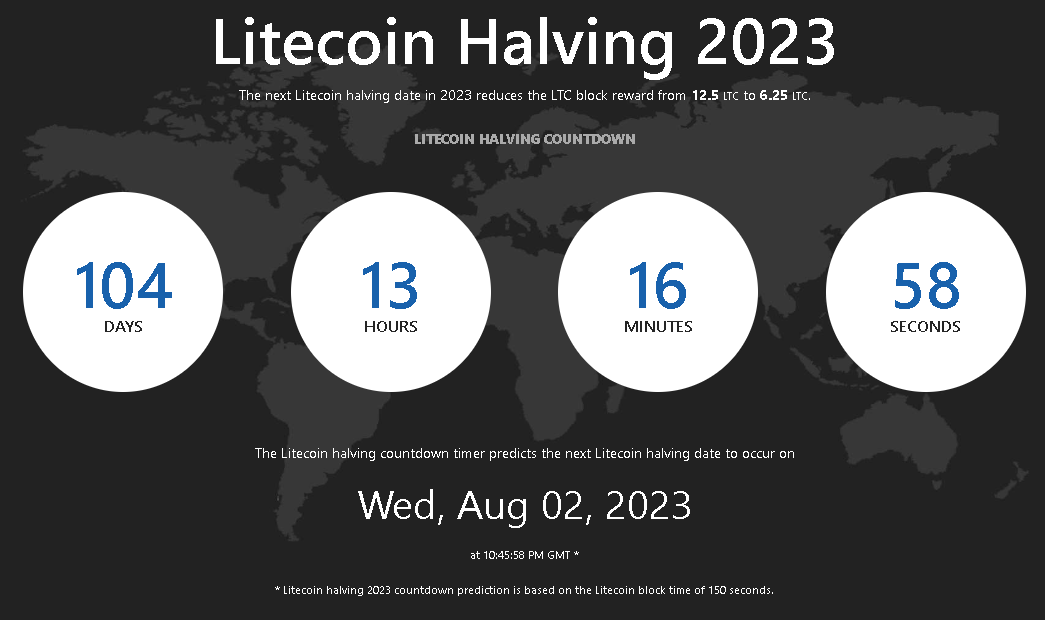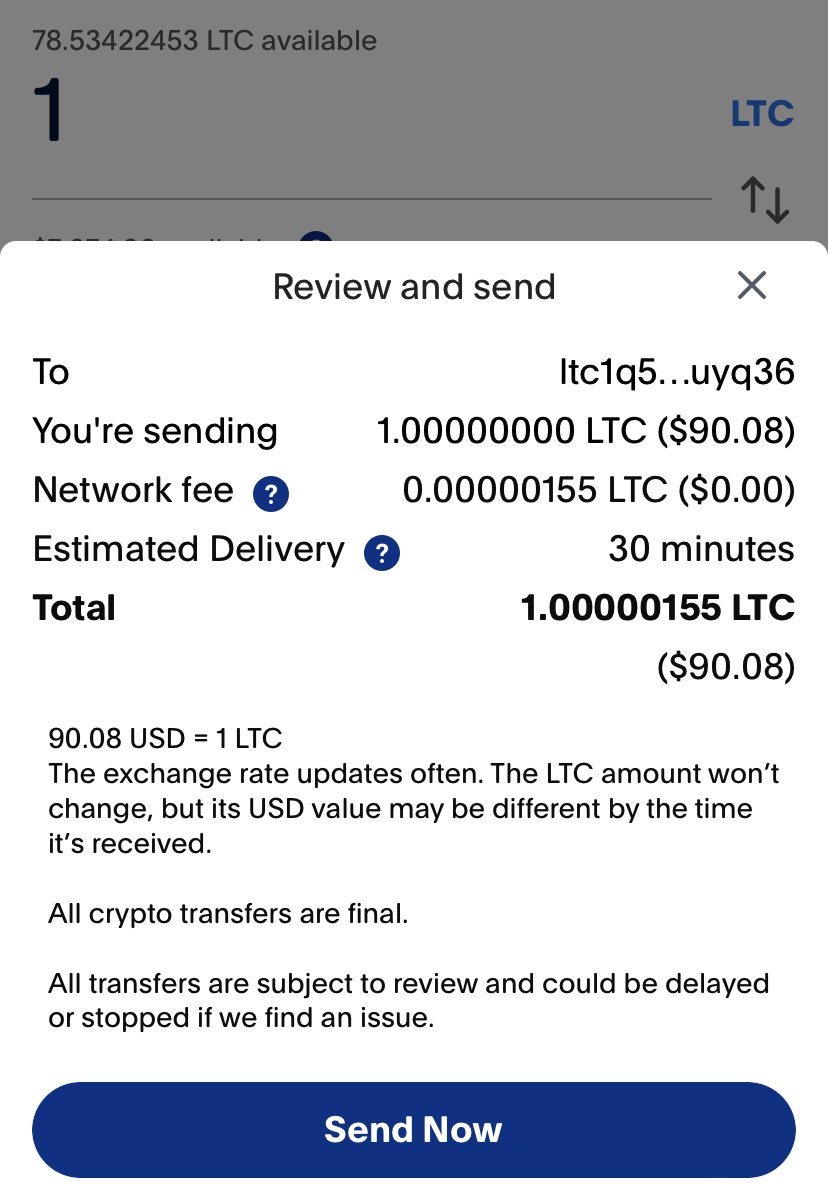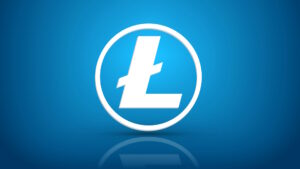Litecoin was founded in 2011 by former Google engineer Charlie Lee as a peer-to-peer digital cryptocurrency intended to work in tandem with Bitcoin, instead of as a direct rival. In fact, Litecoin’s launch immediately came with both backwards-compatibility with Bitcoin and as a built-in redundancy feature for the fledgling digital asset.
Litecoin proponents frequently tout the crypto’s similarities to Bitcoin, but LTC ultimately differentiates itself by having fast and cheaper layer one (L1) transactions, the ability to handle more transactions per second (TP/s), and having higher emphasis on payments through merchant and retail adoption throughout its development cycle. In its 12-year existence, for which the crypto boasts 100% uptime, Litecoin is often viewed as ‘digital silver’, complimentary to Bitcoin’s ‘digital gold’ status.
Can silver (LTC) reach the same level of actualisation as gold (BTC)?
Similarities
- Litecoin uses the most common sybil resistance scheme called the Proof of Work (PoW) consensus mechanism.
- Through this mechanism, all participants agree on the state of the open ledger (blockchain).
- Miners validate transactions and add blocks to the blockchain to receive a block reward.
Differences
- While Litecoin is similar to the Bitcoin Core code, it is tweaked, and uses the Scrypt hash function instead of Bitcoin’s SHA-256. This optimises the protocol for its intended purpose – a day-to-day payment system.
- Transactions are technically instant on both the Bitcoin and Litecoin network, but confirmations are not. Litecoin’s average confirmation is roughly two and a half minutes, as opposed to Bitcoin’s ten minutes.
- Litecoin is a halving cycle or ‘epoch’ behind Bitcoin since it was released in 2011, and has a higher capped supply (84 million coins; circulating 72 million). Litecoin’s halving is set to take place on August 2nd, 2023.

The Litecoin suite
Litecoin Core
- Litecoin enables instant payments to anyone, anywhere in the world using peer-to-peer technology, an internet connection and no central authority.
- Management and processing of these transactions is not controlled by a central bank, but is carried out by a globally distributed Litecoin network.
MWEB
- MWEB is the largest upgrade to the network ever, promising to provide fungibility for all, while improving Litecoin’s scalability.
- The MWEB upgrade will be included as part of the Litecoin Core 0.21.2 release, which also includes Taproot.
Lightning network
- The Lightning Network (LN) launched in 2018 in an attempt to solve scalability for cryptocurrencies.
- The Lightning Network is a 2nd layer solution that aims to reduce the payment load on L1 Money-Over-Internet Protocols (MOIP). Micropayments on the Lightning Network are coordinated using so-called smart contracts, which are sets of rules that must be followed, else a transaction doesn’t take place. LN fees are even smaller than L1 fees charged by miners on the main chain.

Litewallet
- Litewallet is the Litecoin Wallet of the Litecoin Foundation. The foundation does is a non-profit organisation whose stated mission is to advance the blockchain and its development.
- Litecoin can be purchased directly via the Litewallet. LTC can also be acquired on exchanges such as Bitfinex and in a peer-to-peer fashion.
Omnilite
- OmniLite is an open-source platform that facilitates the creation of decentralised tokens and smart contracts as well as digital assets like ordinals and NFTs.
- Since Litecoin is a layered protocol built on top of the blockchain, it has a distinct advantage over other chains due to its absolute integrity, network security, scalability and comparatively low fees.
- Assets created via OmniLite benefit from the network’s attributes, innovative technology and security.
Litecoin liteverse
- The Litecoin liteverse is an NFT marketplace which allows users to buy, sell and exchange non-fungible tokens (NFTs) online.
- Users can experience unique ordinals at liteverse.io, and unlock digital collectibles using the Litecoin network.
LTC development
Litecoin development is ongoing, logged and discussed on the litecointalk.io forum and on github. Developers are currently working on LTCCore v24, which is expected to be released later this year. Among these features are: PSBTs, P2P support for Lite Clients, View Keys, Payment Proofs and Descriptor Wallets. Find out more about these features here.
David Burkett is among the main developers working on MimbleWimble ExtensionBlocks (MWEB), which focuses on delivering high privacy standards for LTC wallets and users. MWEB was launched in June 2022, a year in which the cryptocurrency reached several technical milestones.
As adoption and usage increases, side-chain initiatives with the intention of reducing fees and network load, as well as increasing transaction-speeds could open up a new paradigm for the cryptocurrency on the world stage.
Join the telegram channel for updates, charts, ideas and deals.
Did you like the article? Share it!


